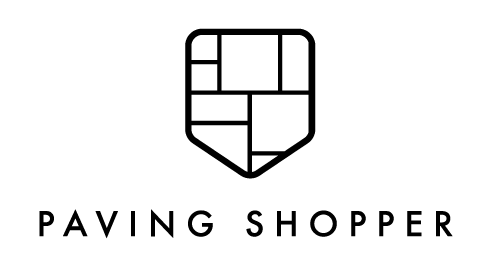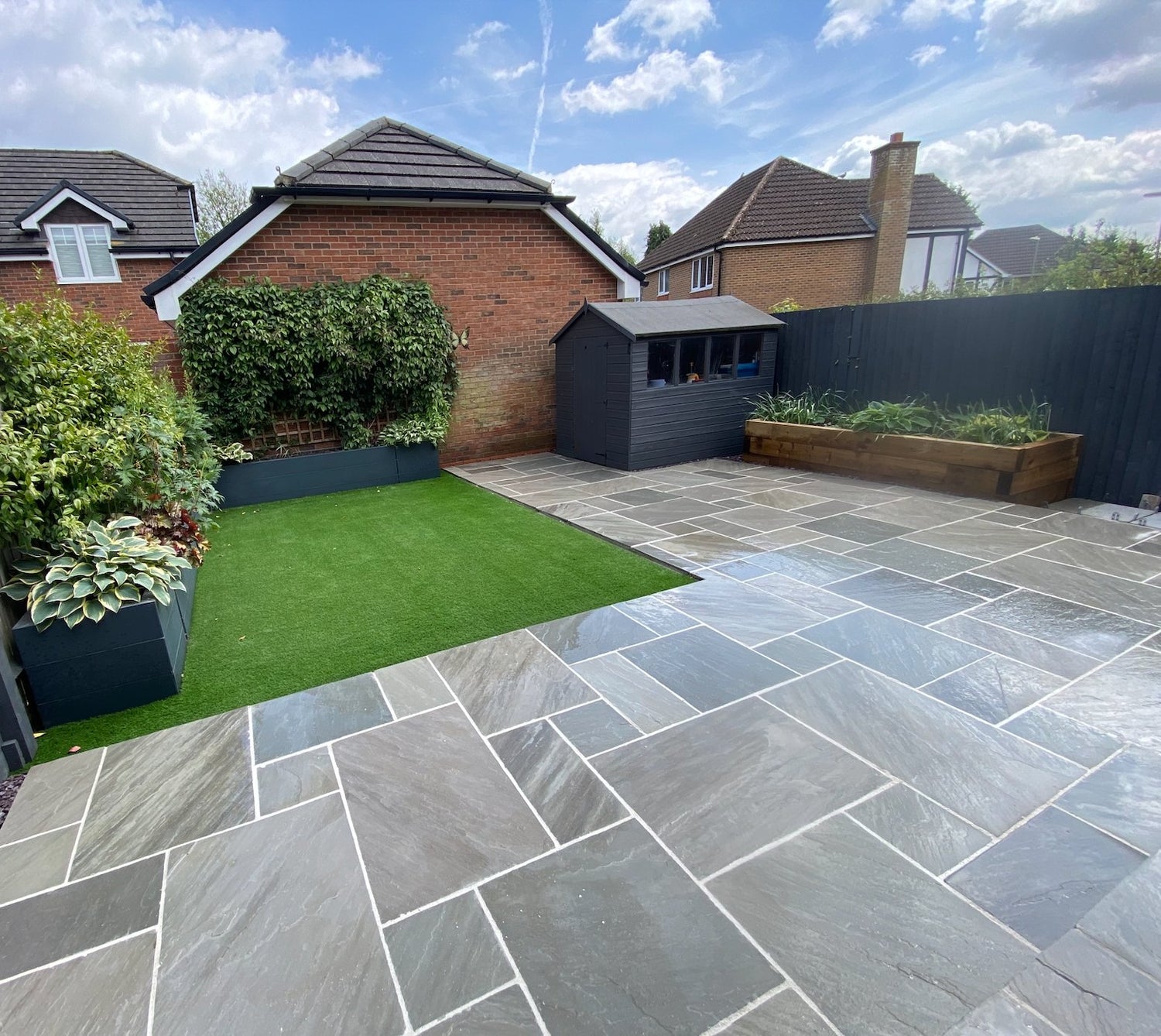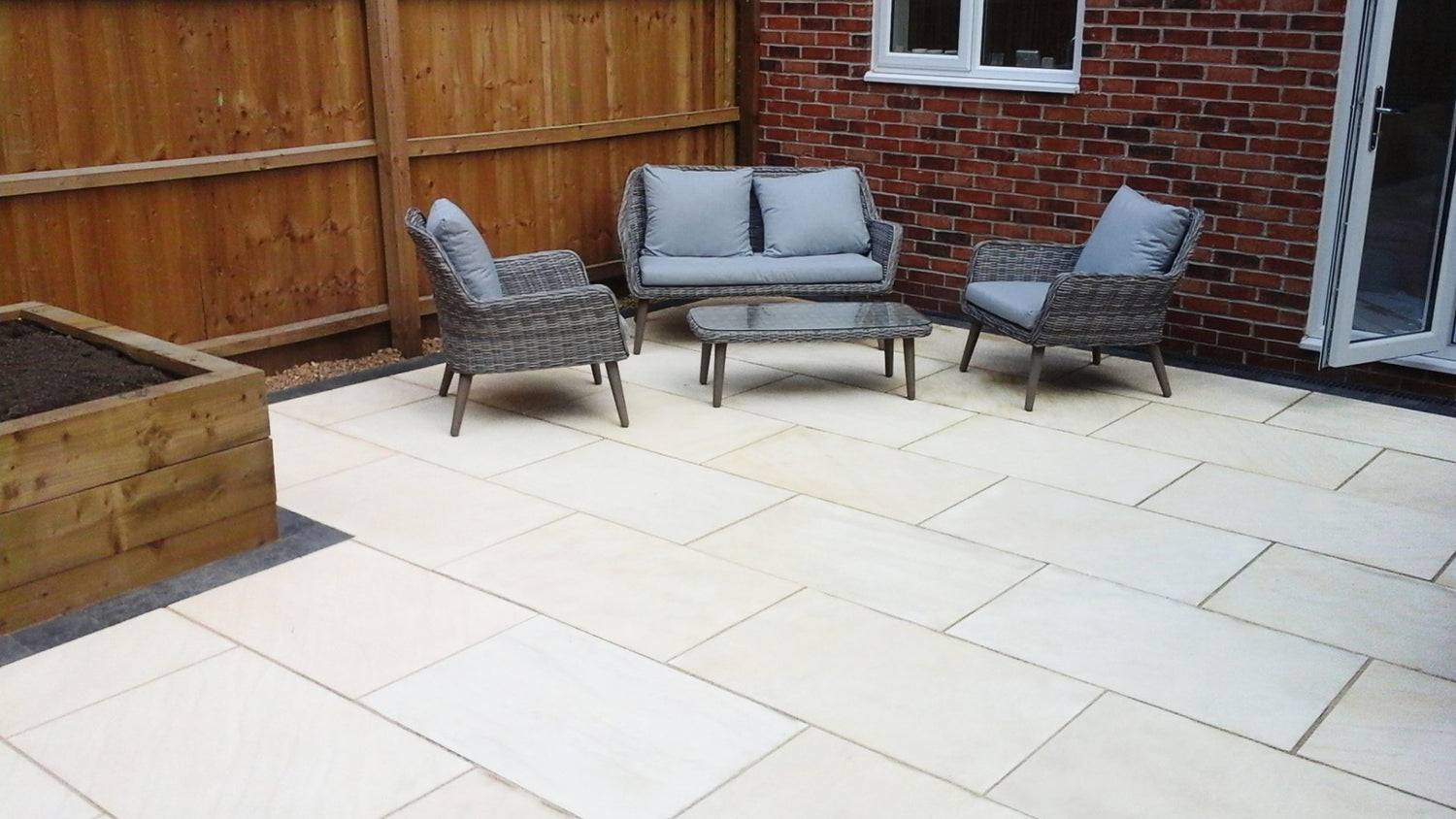
Can I lay Paving on Soil or Mud?
Share
Technically, yes – you can lay paving stones or slabs directly onto exposed topsoil however, laying a sub-base will ensure the paving lasts longer. While this approach may seem quick and cost-effective, it comes with significant risks to the longevity and stability of your paving.
Without a proper base, your paving becomes vulnerable to the whims of nature – soil movement, moisture fluctuations, and temperature changes can all lead to uneven surfaces, sinking, and cracking over time. A well-constructed base, typically consisting of layers of aggregates and fabric, acts as a crucial buffer against these environmental factors. It provides essential support, improves drainage, and significantly extends the life of your paving. While the initial cost and effort of installing a proper base may be higher, it's an investment that pays off in the long run, ensuring your patio or pathway remains stable, level, and beautiful for years to come.Pros and Cons of Laying Paving on Mud
| Pros | Cons |
|---|---|
| Quick and easy installation | High risk of uneven surfaces over time |
| Lower initial costs | Potential for increased maintenance and repair costs |
| No need for extensive ground preparation | Compromised durability and stability |
| Suitable for temporary solutions | Can be affected by soil movement and weather conditions |
| Can be done without professional help | May lead to drainage problems and water pooling |
| Flexibility in design changes or repositioning | Soil erosion can cause long-term landscape damage |
| Easier to handle in small or difficult-to-access areas | Risk of damage to underground utilities if not properly assessed |
| Potential for natural, rustic aesthetic | Can contribute to environmental issues like soil compaction |
| Minimal environmental impact from heavy machinery | Mud may cause paving to sink or shift unpredictably |
| Opportunity for organic gardening integration | Increased susceptibility to weed growth and pest invasion |
What Makes a Proper Patio Base?
A proper patio base mirrors road design by layering aggregates and fabrics to create exceptional structural support. Quality bases include:- Excavated & Compacted Native Subgrade
- Barrier Fabric to Inhibit Soil Migration
- 6-8” Gravel Drainage Layer
- 4-6” Dense-Graded Road Base Blend
- 1” Screeded Sharp Concrete Sand
Step-By-Step Patio & Path Installation
These brief steps explain roughly how you can lay a patio.1. Design Layout & Calculate Needs
Craft-scaled drawings plotting permanent structures and utilities. Calculate edge restraint and drainage needs.2. Excavate & Compact Native Soil
Dig out all vegetation until hitting solid subgrade then compact the exposed bottom before adding aggregates.3. Install Barrier Fabric & Drainage Rock
Line the pit with non-woven geotextile, then fill with a 6-8” drainage rock layer.4. Pour & Compact Road Base
Thoroughly compact a 4-6” dense-graded aggregate base layer. Screed the surface completely flat.5. Set Edge Restraints
Keep the entire perimeter structurally sound long-term using concrete, plastic or steel borders.6. Screed 1” Sharp Sand Layer
Top with 1 inch of slightly moist concrete sand, perfecting base contours.7. Install Paving Slabs
Set paving atop the prepared base per manufacturer specifications. Let concrete sand fill joints.Can I lay sandstone paving directly on soil?
While it is technically possible to lay indian sandstone paving on top of a tightly compacted and graded soil, a lack of a gravel sub-base often causes extensive issues over time. Sandstone's naturally porous composition absorbs moisture from the earth leading to subsurface freeze damage each winter when water expands in cracks. This incremental movement steadily compromises joint integrity. A 4-6 inch aggregate base buffering sandstone from subtle soil moisture and temperature changes is highly advised to prevent premature cracking or sinking.Can porcelain paving be laid on bare soil?
Although porcelain offers added durability over natural stone, installing it directly onto exposed soil still risks potential subtle ground shifting from moisture changes slowly straining the paver structure. Freeze-thaw cycles can still exploit tiny joints or hairline manufacturing spots. A compacted base lends critical stability, though porcelain can better withstand some soil contact short-term compared to more porous options. Proper base support remains ideal for lasting quality..Is it OK to lay a garden path directly on soil?
For informal garden paths enduring only light foot traffic, compacting soil thoroughly before installing wood chips, mulch, or gravel often proves sufficient. However, where pavers or concrete will see heavier use, a layered subsurface system matching recommended patio bases will sustain quality walking surfaces lasting decades rather than years before issues arise.How much does a professionally installed patio cost?
Professionally installed new patios typically cost from £80-£150 per square meter inclusive of materials and labor. The exact rate depends on the size of the area, access constraints, paver type chosen, drainage provisions, geographical location, and other project specifics requiring consideration. Quality shows in long-term performance.Related Posts
-

UK Garden Statistics and Trends 2024
UK Garden Statistics and Trends 2024 General UK Garden Statistics The vast majority of UK households have access to ...
-

How Much Does a New Patio Cost?
A new patio in the UK typically costs between £80-£150 per square meter. For a 40-50 sqm patio, expect to pay £2,000-...
-

What Different Sizes Do Paving Slabs Come In?
When planning a patio or outdoor paving project, one of the key decisions is choosing the right size paving slabs. ...
-

Can You Pressure Wash Indian Sandstone?
Indian sandstone is a popular choice for outdoor paving due to its durability and attractive appearance. However, li...
-

Is Sandstone Paving Permeable? Is it porous?
Sandstone's porous nature enables it to absorb rainfall, qualifying it as a permeable paving variety. However, seali...
-
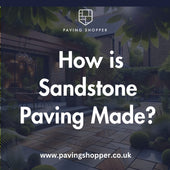
Where Does Natural Sandstone Paving Come From?
Sandstone begins deep underground, formed over eras as minerals and sediments fused under pressure. Powerful forces ...
-

5 Paving Ideas for Small Gardens: Maximise Your Outdoor Space
Front of House When considering paving ideas for the front of your house, it's crucial to select ones that complem...
-

9 Paving Ideas for Front of House: Enhancing Curb Appeal with Style
The facade of a house plays a pivotal role in defining its character and curb appeal, and the choice of paving can s...
-

9 Summer Garden Paving Ideas UK
Summer gardens offer a vibrant canvas for homeowners to express their style while enhancing outdoor living spaces. G...
-

8 Garden Paving Ideas for 2024
It's time to refresh your garden's look for 2024 and an easy way to do that is with some new paving. With so many opt...
-

How to remove moss from patio paving
Moss growth is a common issue for patio paving, especially in damp, shaded areas. While moss may seem harmless, it ca...
-

How much does sandstone paving cost?
When choosing new garden pavers, sandstone offers homeowners an enticing middle-ground - more durable than basic conc...
-

Why Do Paving Slabs Crack And How To Repair Them
Seeing cracks appear on your patio or driveway can be disheartening after investing time and money into installing be...
-

How to lay paving in winter (Tips & Tricks)
How Cold Temperatures Impact Paving Projects The primary concern when working in cold weather is ensuring proper curi...
-

Sub Bases For Patios
Building the Perfect Patio Base: A Comprehensive Guide When planning an outdoor living space, understanding proper ba...
-

Pros and Cons of Porcelain Paving
Are you considering adding porcelain paving to your outdoor space? It's important to weigh the pros and cons before ...
-

Understanding Paving Slip Ratings: A Comprehensive Guide
A paving slip rating, also known as a slip resistance or anti-slip rating, is a measure of how slippery a surface...
-

Stunning Garden Water Feature Ideas - Enhance Your Outdoor Space
Garden water features are decorative elements that incorporate water into a garden, adding beauty and a sense of ...
-

How to Stop Weeds in Block Paving: Expert Tips andTricks
Weeds growing between the blocks of your paving can be an unsightly and frustrating problem. Not only do they make y...
-
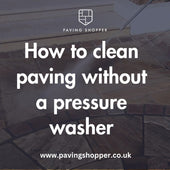
How to clean paving without a pressure washer
A patio cleaner is a cleaning solution designed specifically for removing dirt, grime, and stains from outdoor patio...
-

How to Grout Paving Slabs – Expert Tips and Techniques
Pointing paving slabs is an important step in the process of installing them. Grout is a mixture of cement, water...
-

Block Paving Guide | What Does it Cost? | How Much Per m2?
Block paving is a versatile and durable option for creating driveways, patios, and paths. This method involves using...
-
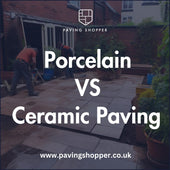
Porcelain VS Ceramic Paving
Porcelain paving is non-porous and more durable than ceramic paving, which is more porous and prone to stains and wea...
-

Sandstone V Porcelain Paving - (Style Comparison and Distinctions)
When choosing materials for your patio or driveway, two of the most popular options are sandstone paving slabs and p...
-

Understanding Gradients and Falls for Paving and Drainage (2024)
When it comes to paving and drainage projects, understanding the correct gradients and falls is essential for ensuri...
-

Indian Sandstone Paving Colours for A Patio - A Comprehensive Guide
Indian sandstone is one of the most popular paving materials, celebrated for its natural beauty and the variety of co...
-
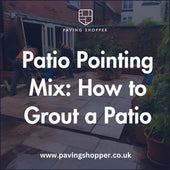
Jointing and Pointing For Paving (Sand & Cement Mix)
Patio pointing is important for both looks and durability. It protects the layers under your paving, stops weeds, and...
-

How to Lay Paving on Sand and Cement: Expert Advice and Tips
Paving on Sand and Cement: A Comprehensive Guide When it comes to enhancing your outdoor space, paving is a popular ...
-

Pros and Cons of Sandstone Paving
Pros & Cons of Indian Sandstone Paving Indian sandstone paving is a natural and durable option that adds both bea...
-
Does Patio Paving Need Edging? A Comprehensive Guide
In this article, we'll explore the importance of patio edging, the different types of edging materials available, and...
-

Pet Friendly Paving - What is the best paving for a dog-friendly garden?
Creating a dog-friendly garden requires choosing the right paving materials to ensure your furry friends can enjoy t...
-

Patio Paving Laying Patterns Guide
Paving patterns can transform an ordinary outdoor space into a stunning and eye-catching area that complements your ...
-

Patio Kits vs Single Size Paving Slabs: Which To Choose?
When designing a patio or outdoor space, one crucial decision is whether to use a patio kit (also known as patio pack...
-
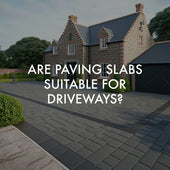
Are paving slabs suitable for driveways?
This is a question many homeowners ask when it comes to choosing the right type of driveway surface for their home. T...
-

How much paving do you need to cover your outdoor space?
Planning an outdoor paving project is exciting, but it’s crucial to accurately estimate the amount of paving needed b...
-

What is the Best Paving for Patios?
When it comes to choosing the best paving for patios, there are a variety of factors to consider, such as durability,...
-

Sandstone v Limestone v Porcelain: The Pros and Cons of Different Garden Paving Materials
Transforming your outdoor space involves choosing the right paving material, and porcelain and sandstone are two of t...
-

Are Paving Slabs Cheaper Than Decking?
Transforming your backyard into the ultimate outdoor oasis can be challenging when choosing between paving slabs or d...
-
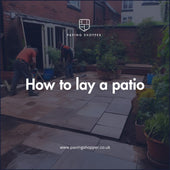
How to lay a patio - An expert guide to laying paving slabs and patterns
There are a few things to consider before laying a patio, such as the type of paving stones and the laying pattern. Y...
-
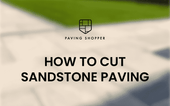
How to cut Sandstone Paving?
When it comes to prepping your garden for a new patio, you may consider different designs that require your paving to...

